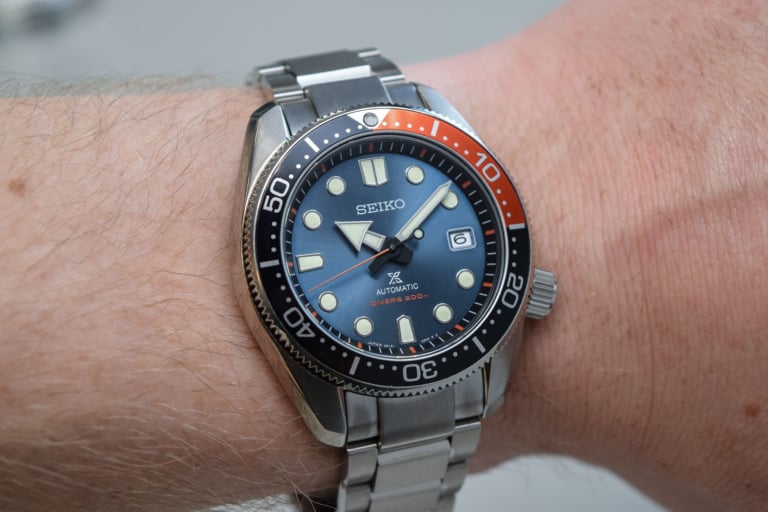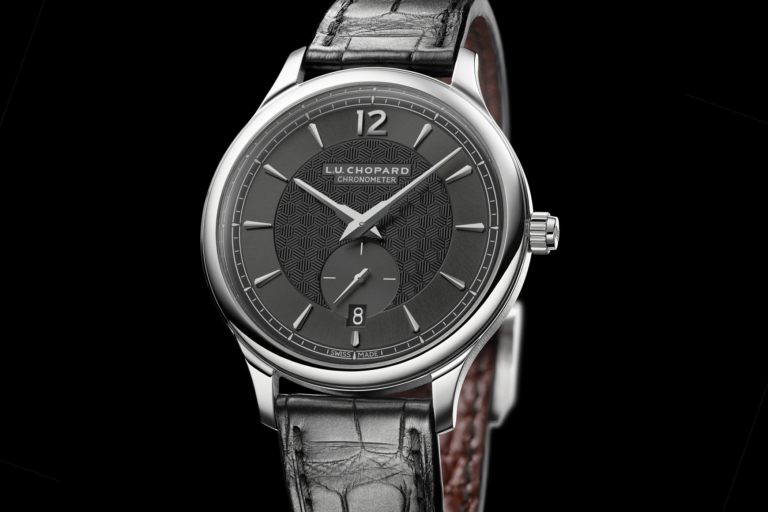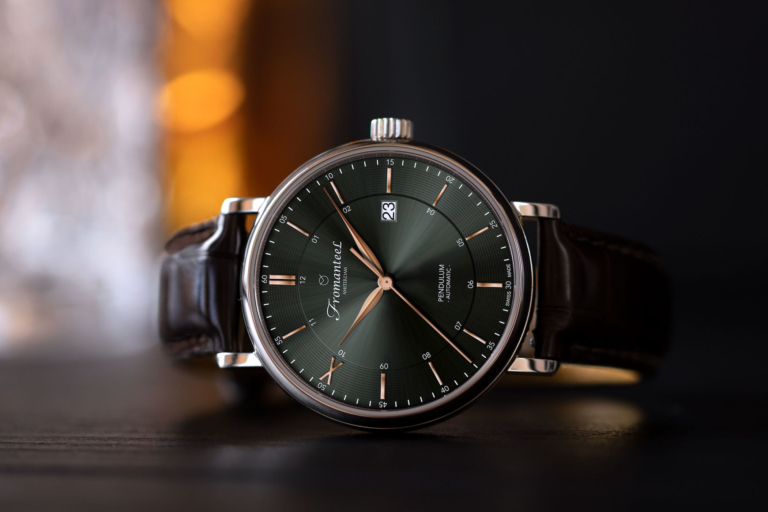Testing the Oris Big Crown ProPilot Altimeter in its Natural Environment

Chocks away, chaps! Monochrome is taking to the skies, literally! We have been testing a watch in the environment it was designed for, which surprisingly doesn’t happen too often. You never see a journalist driving an F1 car to test a racing Chronograph, do you? Oris released their Big Crown ProPilot Altimeter earlier this year, and cordially invited us to appropriately test-drive the world’s first automatic, mechanical altimeter in a wristwatch. And, to be fair, Oris didn’t disappoint! So, for the next few minutes, remain seated with your seatbelt fastened tightly. And in the event of a water landing, thank your lucky stars you are in a sea-plane!
On a windy but bright Thursday afternoon I arrived at the designated airport for a flight in a true piece of history; a Consolidated Catalina PBY Flyboat. In fact, it is the most successful Catalina in history, sinking three German U-boats and irreparably damaging an important supply-vessel for the Axis navy during World War II. After the war, this particular Catalina served as a naval support-plane in New Guinea, before being transferred to the Dutch Marine Forces. During my test I got to talk to a retired flight engineer who made over 600 service-hours on board of a Catalina during the fifties. The stories this man could tell….

In-Flight Entertainment
Taking off in such an old plane is nothing short of spectacular. Everything vibrates, squeaks or cracks, you can smell the kerosene entering the cabin due to the two massive Rolls Royce Meteor-engines hanging just feet above you. When you are eventually up-up-and-away, the flight is loud but surprisingly smooth. The antique plane provides all of your in-flight entertainment.
A splash-landing in Lake Ijssel was a thrilling experience though. Nothing smooth there; the waterline creeping closer and closer, the roar of the engines resonating against the lakes surface, the hull violently skipping and squeaking across the water as it touches down, and a very loud grunt from the two Rolls Royce engines as the pilot applies full throttle to take off again. Much better than any rollercoaster around! (The things I do for you readers! It’s criminal!)
Instrument Check
We were also invited to test the watch, obviously. The Oris ProPilot Altimeter is available with a metric or an imperial scale, measuring the altitude in meters or in feet. As you can see in the pics, the imperial scaled version was on our wrist. If you take into consideration that throughout aviation, distance and altitude is still measured in feet or miles it seemed like the more logical choice of the two. Regular in-flight checks assured that the altitude the ProPilot Altimeter displayed corresponded with the correct cruising altitude. A quick instrument check showed that the Oris got it spot-on, as we reached a maximum elevation of 1000ft (or 300 meters) and the yellow indicator moved slowly up and down while the Catalina was climbing or descending.

The ProPilot Altimeter is big at 47mm wide due to the integrated barometric altimeter, developed with specialist Thommen. Inside the movement, an aneroid capsule measures air pressure, which is translated to a corresponding altitude, just as in the Breva Génie 02. Critics will state that a range up to 4,500 meters isn’t that useful, considering that the highest mountain in Europe exceeds that by some 300 meters. Nevertheless, for the sporting enthusiast, the pleasure pilot or the para-sailor, the watch could provide valuable information during their adventures.
So how does it work?
We already described it in the first article we wrote, but hands-on experience put that bit of information to the test. You unscrew out the crown at 4 o’clock and this allows for air to enter the case. The aneroid capsule measures the pressure you are at, and you can then set the yellow marker to the correct height by pulling out the crown. Once set, you will see the yellow marker travel around the dial move up or down as you climb or descent, indicating the altitude on the chapter ring surrounding it. The red marker, also surrounding the dial, indicates the air pressure on the lower part. Pay attention though, as the watch is no longer watertight when the crown is unscrewed.
The Swiss brand is known for presenting well-built, innovative watches at an affordable price point like the Oris Aquis Depth Gauge and now the Big Crown ProPilot Altimeter. At a price of € 2.900,– for the textile strap, or € 3.050,– for the steel bracelet Oris lives up to that reputation.
For more information about Oris, or the Catalina, head on over to their respective websites.
















1 response
Another fine piece by Oris… One of the things I like the most about Oris is that is not very common and a great value considering the price/quality.